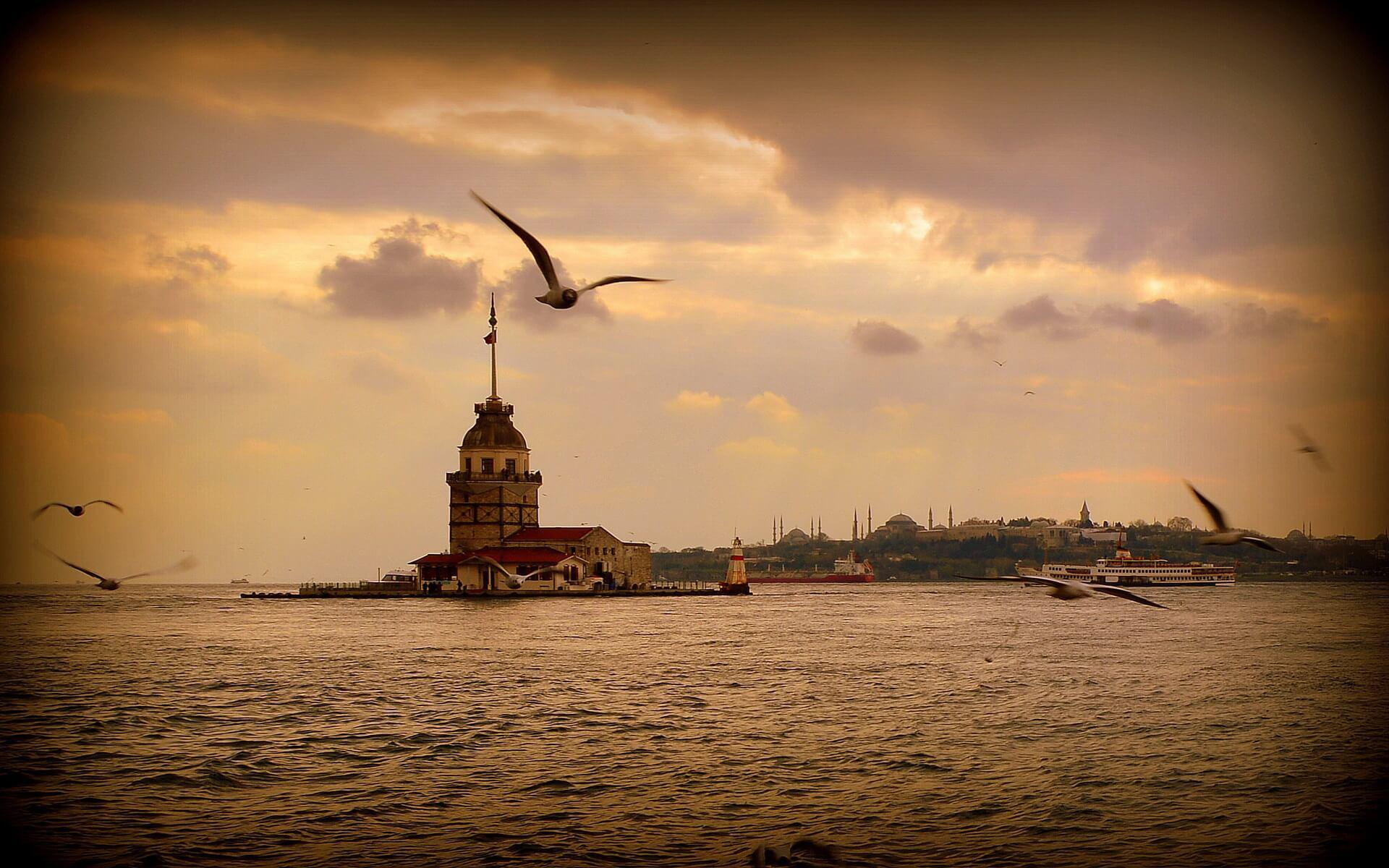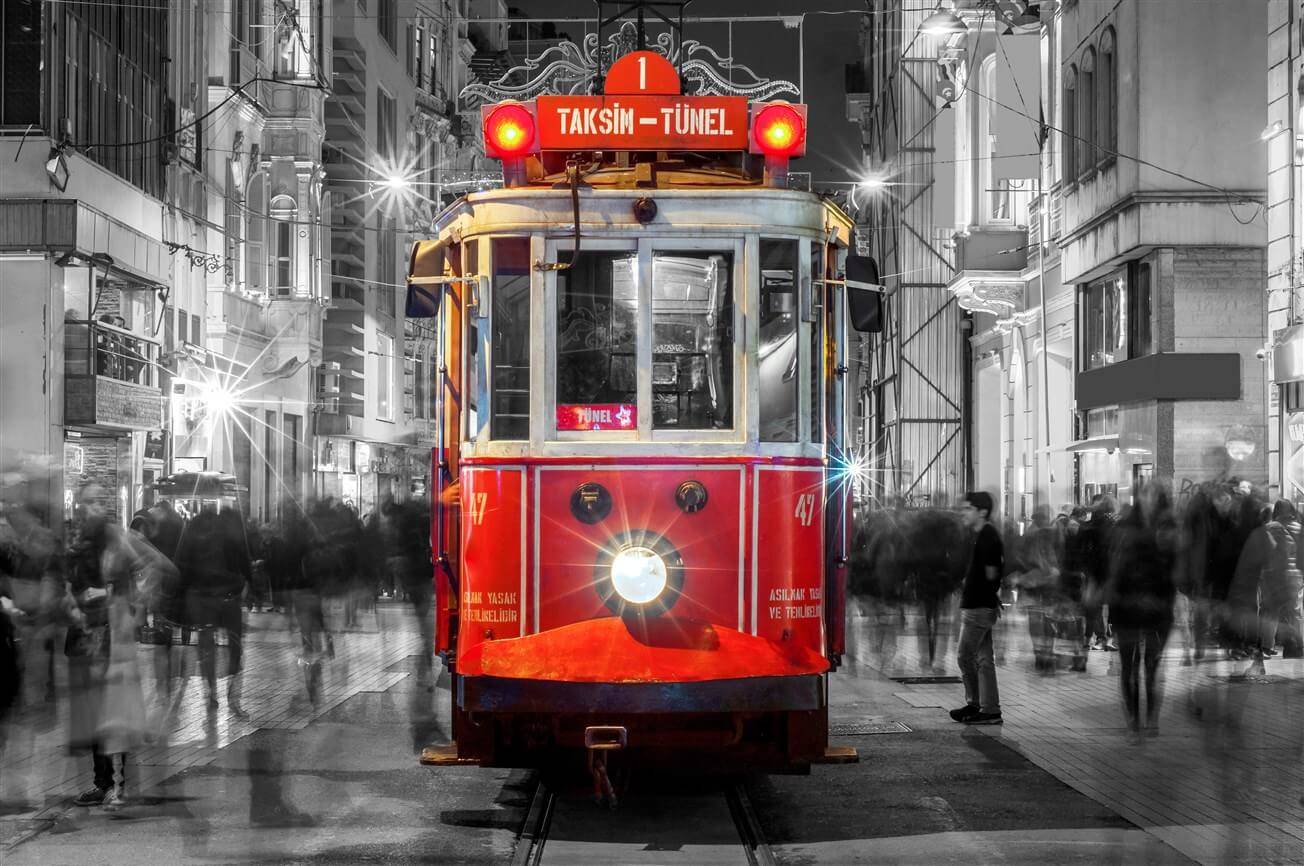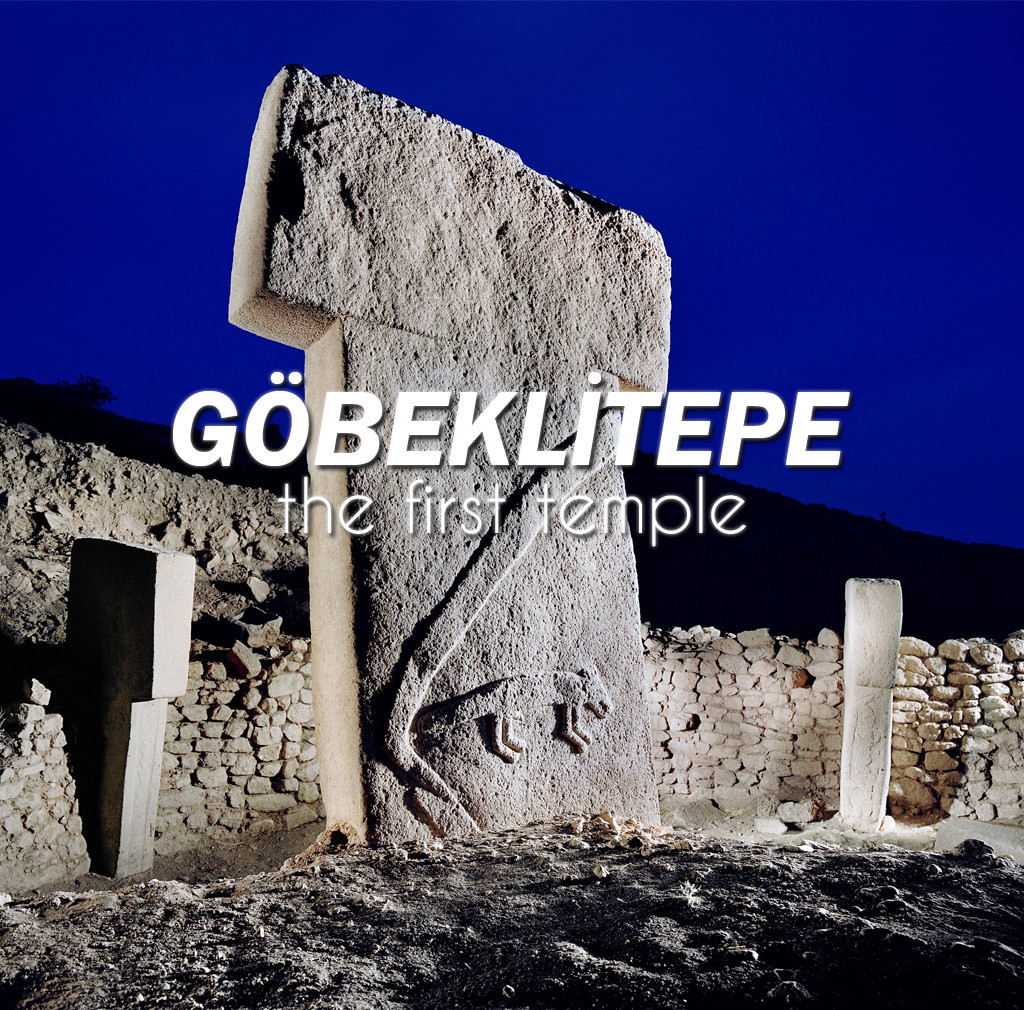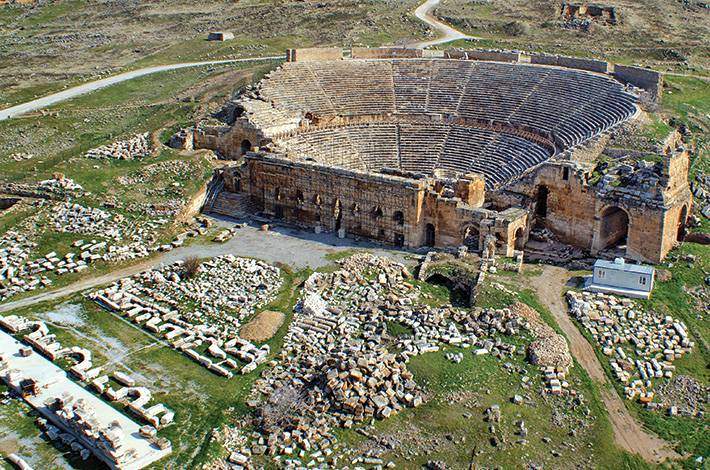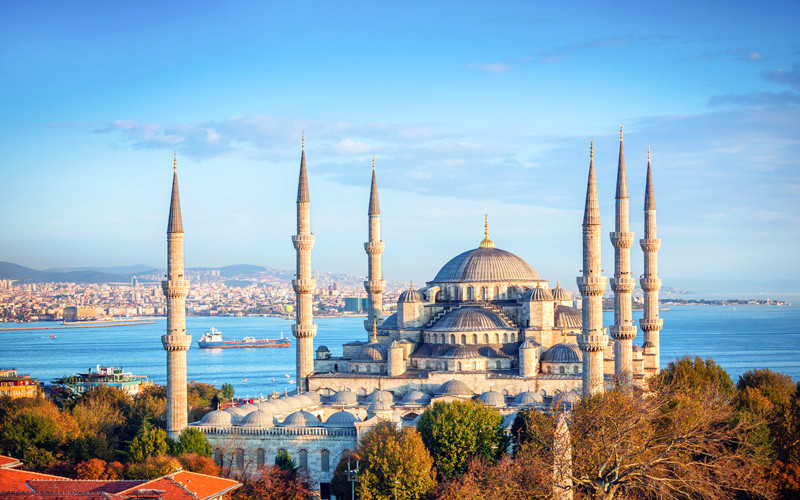Istanbul is located on the 32km (20-mile) Bosphorus Strait, a coveted stretch of water connecting the trade routes of the Black Sea to the Sea of Marmara and the Mediterranean, and dividing the city into its Asian side and its European side. Protected by water on three sides, it was also the ideal military watchpoint, with the natural harbor of the Golden Horn nestled within the city a perfect place to hide an entire fleet of warships. Because of this situation as a fortress, port, and commercial crossroads, it is no surprise that Istanbul’s imperial history stretches back for more than 1500 years. Even after Constantinople fell to the Ottoman Sultans in 1453, the city remained the prime distribution point worldwide for valuable spices and textiles brought via the “Silk Road” from as far away as China. To this day, it is Turkey’s economic capital and biggest trade center, home to nearly half the country’s wealth.
Istanbul: The City Between Two Continents
Such a prime position has meant that Istanbul was always under siege, its heritage constantly threatened, as it moved from a Hellenic to a Christian seat, to the center of the world’s biggest Muslim Empire, and was even occupied by the Allies in World War II. Some classical columns are still standing in Gülhane Park although most were recycled, and a few floor tiles are all that remain of the once-huge Byzantine Great Palace. Much of the Theodosian Walls, which protected the city for centuries, until it finally succumbed to Mehmet the Conqueror, are still in existence. The Conqueror actually resisted desecration of some Byzantine structures, most significantly Haghia Sophia, which was dedicated to Allah as a mosque. Indeed, many other fine Byzantine churches are still in use as mosques today, which has helped to preserve them.
Visitors may be confused by this jumble of Byzantine, Ottoman and modern buildings, and it may seem that the general population has scant regard for the past. Some nationalist and Islamist movements have even tried to write Christian Constantinople out of Istanbul’s history. Furthermore, rapid industrialization inspired thousands of rural poor to migrate to the metropolis, and a vast social gap has emerged between “native” Istanbullites and the newer arrivals. Istanbul’s growth rate is currently treble the national average, and the people in the shanty towns at the city’s limits and the slum quarters of the inner city are more concerned with finding work than preserving history. The rest of the population, only 25% is contrastingly wealthy, living in the newly built suburbs, preferring a glamorous, cosmopolitan lifestyle to crumble antiquities. Indeed, the sophistication of Istanbul’s cafe society and designer shops may surprise the visitor, as may the thriving nightlife (over 60% of Istanbullites are under 25 years old) and vibrant contemporary cultural life of the city.
Turkey’s rate of political change, however, even since the 1999 earthquake, has been startling. As it looks to the EU for its future, politicians are calling for reform to end human rights abuses, the Kurdish insurgency movement has abated, relations with Greece are better than ever, and there is a general feeling of excitement and cultural tolerance in Istanbul. It seems that the buzzing atmosphere of the pedestrian Istiklal Caddesi, with its hundreds of bars, cinemas, restaurants, and bistros, may reflect the future of Istanbul, especially as the use of Byzantine and Ottoman buildings for contemporary cultural events shows the way the past is being reclaimed.

